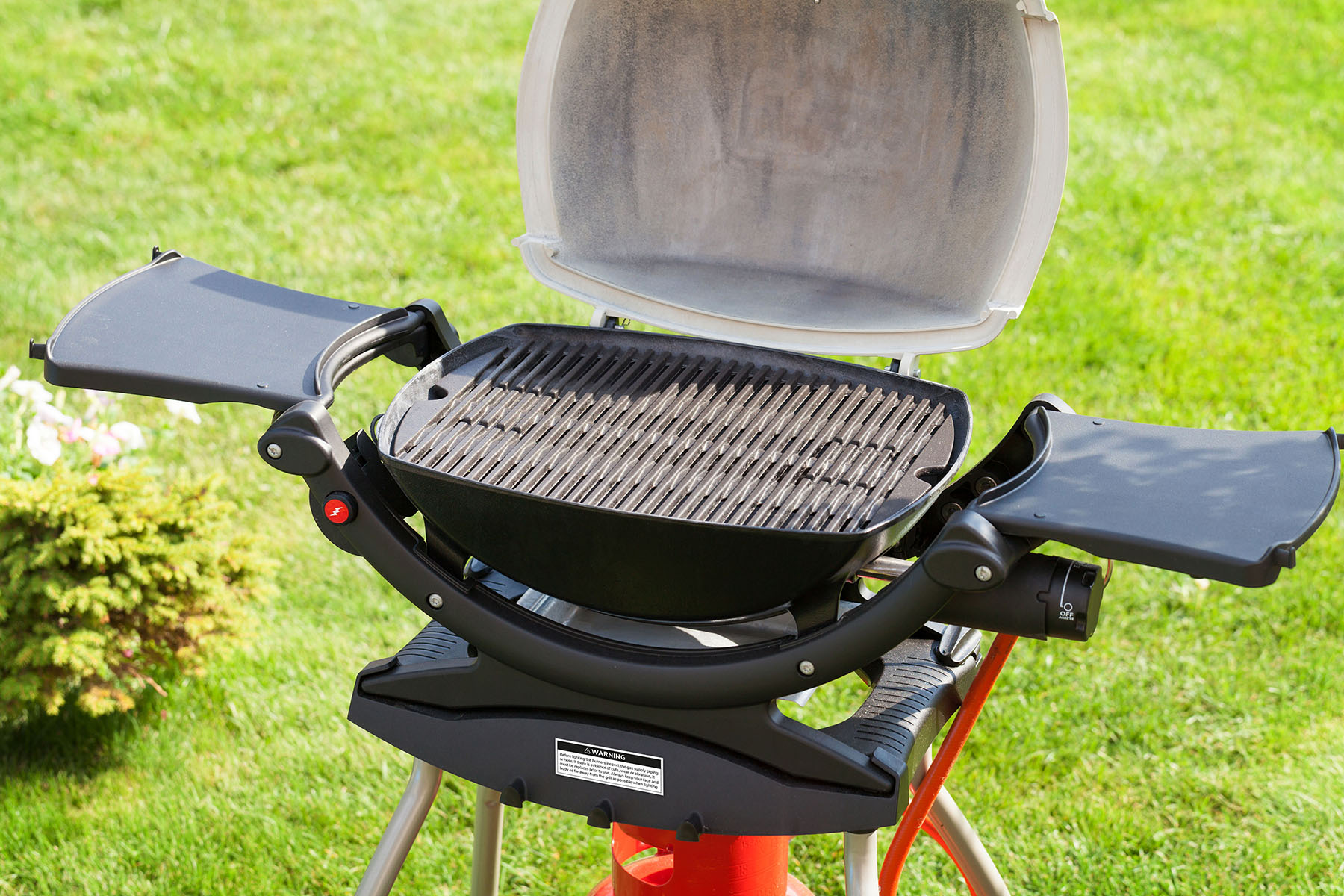Developing competitive products for outdoor use means bringing tougher, better, longer lasting goods to market. Manufacturers must constantly push the limits of durability in their outdoor products, which means label requirements are constantly evolving to keep pace with product innovation.
Outdoor labels need to perform throughout the life of the product to convey critical information such as lot numbers, barcodes, safety warnings and warranties. If labels peel off easily, lose their color, become illegible, scratch or fade due to environmental exposure, essential information is lost.
Durable labels that are developed for outdoor use, and tested for specific product conditions, give manufactures peace of mind that key information will stay in place for as long as needed.
Application Considerations
Minimum outdoor labeling requirements are determined by industry standards, such as UL 969 (Marking and Labeling Systems) or BS 5609 (Labels for Marine Use). However, many brands and manufactures develop performance specifications beyond these standards. For example, specific requirements based on where the label will be placed on the equipment, the material it’s applied to, the application process, and the various conditions it will experience.
Naturally, different applications will require different label performance properties. Key variables manufactures should consider when choosing a labeling solution include:
The substrate a label will adhere to, which dictates and determines surface texture, shape, and surface energy that labels encounter.
Performance properties, such as outdoor weathering resistance, required across the life of the product.
Printing technology and ink systems used during the production of labels.
Overlaminates and varnishes applied to printed labels which are used to protect inks and facestocks from UV light, humidity, common chemicals, and abrasive conditions.


